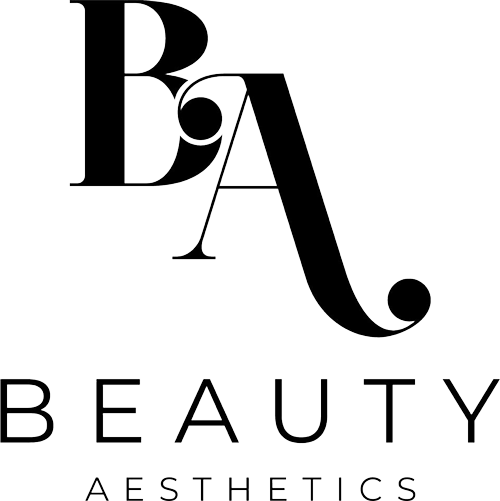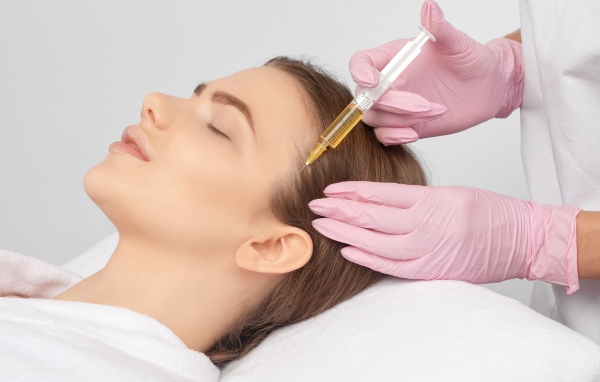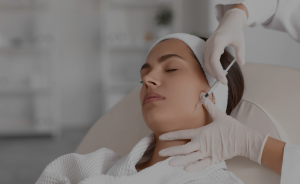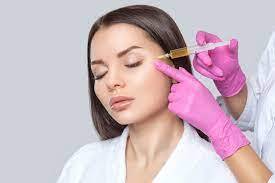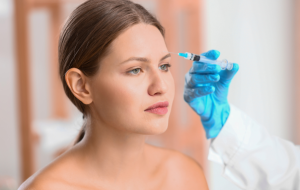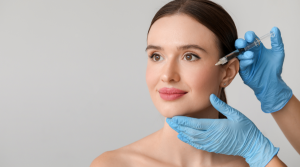Platelet-rich plasma (PRP) therapy has gained significant popularity in recent years as a versatile treatment for various medical and aesthetic concerns, ranging from hair loss to skin rejuvenation. Platelet rich plasma injections are commonly recommended over a three-month period to achieve noticeable improvements in the skin.
While Platelet-rich plasma therapy is generally considered safe and effective, it’s important to understand the potential side effects associated with this treatment. In this comprehensive blog post, we will explore the side effects of PRP hair treatment, as well as those related to other PRP applications such as facial rejuvenation, sports injuries, and more.
Understanding PRP Therapy
Plasma is the liquid portion of your blood. Platelets are cells within your blood that contain growth factors and help your blood clot to prevent bleeding. Platelet-rich plasma therapy involves drawing a small amount of the patient’s own blood, processing it to separate the red blood cells from the plasma to create a concentrated platelet-rich plasma solution, and then injecting this concentrated solution back into the treatment area.
The platelets in the plasma contain growth factors that play a critical role in wound healing, tissue regeneration, and collagen production. This makes PRP therapy a versatile treatment for a wide range of conditions, including hair loss, acne scars, surgical scars, and joint injuries.
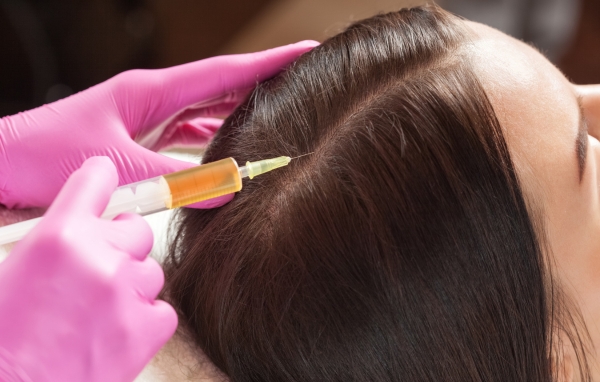
What is Platelet-rich plasma (PRP) Treatments?
PRP treatment, also known as platelet-rich plasma therapy, is a non-surgical procedure that leverages the healing properties of a patient’s own blood. The process begins with drawing a small sample of blood from the patient. This blood is then placed in a centrifuge to separate the platelet-rich plasma (PRP) from the red and white blood cells. The concentrated PRP, rich in growth factors, is then injected into the targeted area to promote healing and tissue growth.
PRP treatment is widely used for various conditions, including hair loss, skin rejuvenation, and joint pain. By using the patient’s own blood, the risk of allergic reactions or complications is significantly reduced, making it a safe and effective option for many individuals.
How PRP Injections Work
PRP injections work by harnessing the body’s natural healing capabilities. The platelet-rich plasma solution is packed with growth factors that stimulate collagen production, cell growth, and tissue repair. When injected into the affected area, these growth factors kickstart the body’s healing process, leading to improved skin texture, reduced inflammation, and increased hair growth.
Typically, PRP inejctions are administered in a series of sessions to achieve the best results. Maintenance sessions are often recommended every 4-6 months to sustain the benefits. This approach ensures that the treated area continues to receive the necessary support for ongoing healing and rejuvenation.
Popular Applications of PRP
PRP therapy is used in several fields, including sports medicine, plastic surgery, and dermatology. Some of the most popular applications include PRP hair treatments for hair growth and PRP facials, also known as vampire facials, for skin rejuvenation.
Also known as the “vampire facial,” platelet-rich plasma (PRP) has received so much attention that it may seem as if we’ve finally found the fountain of youth. A vampire facial (PRP facial) combines injections of platelet-rich plasma with hyaluronic acid filler.
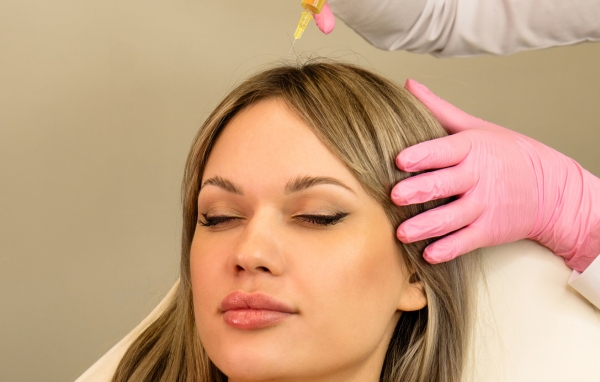
Who Can Benefit from PRP Treatment?
PRP treatment offers benefits to a wide range of individuals, making it a versatile solution for various medical and aesthetic concerns. Those experiencing hair loss, such as androgenetic alopecia or alopecia areata, can see significant improvements in hair density and growth. Additionally, individuals with skin concerns like acne scars, fine lines, and wrinkles can achieve smoother, more youthful-looking skin through PRP therapy.
The treatment is suitable for both men and women and is particularly appealing to those seeking a natural, non-invasive alternative to traditional treatments. By using the body’s own healing mechanisms, PRP provides a holistic approach to addressing these issues.
Side Effect of PRP Hair Treatment
When it comes to PRP hair treatments, the goal is to stimulate hair growth by injecting platelet-rich plasma into the scalp. This procedure is commonly used to address hair loss conditions such as male pattern baldness and alopecia. While PRP therapy for hair restoration is generally safe, there are potential side effects that patients should be aware of.
Mild Discomfort and Pain
During PRP injections, patients may experience mild discomfort or pain. This is usually brief and can be managed with a numbing cream applied before the procedure. The discomfort is typically associated with the needle entry and the sensation of the PRP injection itself.
Temporary Redness and Swelling
After the PRP injections are given, it is common to experience temporary redness and swelling. This is a normal part of the healing process as the body responds to the introduction of rich plasma and begins to promote healing. These symptoms usually subside within a few days to a week.
Bruising
Bruising can occur due to the needle piercing the skin and blood vessels. While bruising is generally mild and resolves on its own, it can be more noticeable in areas with darker skin tones. Patients are advised to avoid blood thinners such as aspirin and ibuprofen before and after the treatment to minimize the risk of bruising.
Infection
As with any procedure involving injections, there is a risk of infection if the procedure is not performed in a sterile environment. It is crucial that PRP therapy be administered by a qualified medical professional in a clean, sterile setting to reduce the risk of infection. Signs of infection include increased redness, warmth, swelling, and pain at the injection site, and should be reported to a healthcare provider immediately.
Allergic Reactions
While allergic reactions are rare in PRP injections treatment because the therapy uses the patient’s blood, they can still occur, particularly if there is an allergy to any substances used during the preparation or injection process. Patients should discuss any known allergies with their healthcare provider before undergoing PRP therapy.
Headaches
Some patients report experiencing headaches after PRP hair treatments. This is usually due to the injections into the scalp and is typically mild and temporary. Over-the-counter pain relief may be used if necessary, but it is best to consult with the treating physician before taking any medication.
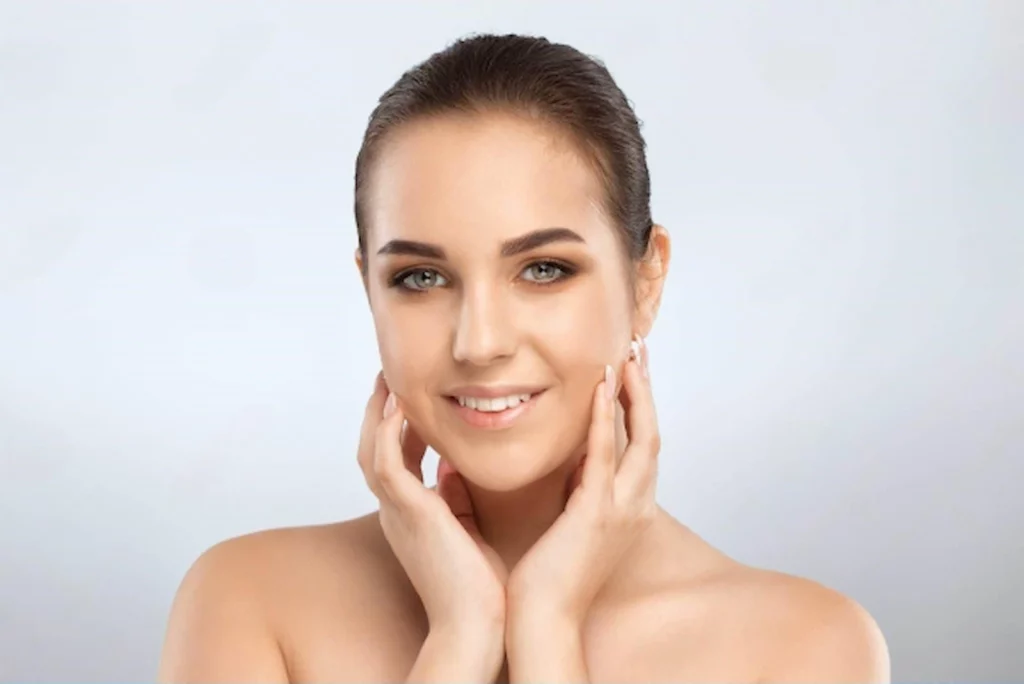
PRP Facials and Their Side Effects
PRP facials, often referred to as vampire facials, involve the application or injection of platelet-rich plasma into the face to stimulate collagen growth and rejuvenate the skin. This treatment is popular for improving skin texture, reducing the appearance of acne scars, and achieving a younger-looking skin. While effective, PRP facials also have potential side effects.
Mild Pain and Discomfort
Similar to PRP hair treatments, PRP facials may cause mild discomfort while giving PRP injections. A numbing cream is often applied before the procedure to reduce discomfort, but patients may still feel a slight stinging sensation.
Redness and Swelling
Temporary redness and swelling are common following PRP facials. These symptoms are usually most noticeable in the first 24-48 hours post-treatment and should subside within a week. This is a normal response as the skin begins to regenerate and produce new skin cells.
Bruising
Bruising can also occur after PRP facial rejuvenation. This is more likely in areas where the skin is thinner, such as under the eyes. The bruising should resolve within a few days to a week, but patients can use makeup to cover any discoloration if needed.
Infection Risk
As with any procedure that involves injecting PRP into the skin, there is a slight risk of infection if proper sterile techniques are not followed. It is essential that PRP facials be performed by a trained professional in a sterile environment to minimize this risk.
Hyperpigmentation
For individuals with darker skin tones, there is a slight risk of hyperpigmentation (darkening of the skin) following PRP facials. This can occur if the skin is exposed to sunlight too soon after the procedure or if the skin is overly sensitive to the treatment. Patients are advised to avoid direct sun exposure and to use a high-SPF sunscreen to protect the treated area.
PRP Therapy for Joint Injuries and Other Uses
Beyond hair restoration and facial rejuvenation, PRP therapy is widely used in sports medicine and orthopedics to treat conditions such as joint injuries and surgical scars. The growth factors in PRP help promote healing and support cell growth in damaged tissues. However, there are potential side effects to consider.
Pain at the PRP Injection Site
When PRP is used to treat joint injuries or other musculoskeletal issues, patients may experience mild pain at the injection site. This discomfort is usually short-lived and can be managed with over-the-counter pain relievers or ice packs.
Stiffness and Swelling
After PRP injections into a joint or injured area, some patients report stiffness or swelling. This is a normal part of the body’s healing process and typically subsides within a few days. Patients are usually advised to avoid strenuous activities for a short period following the treatment session to allow the area to heal properly.
Temporary Worsening of Symptoms
In some cases, patients may experience a temporary worsening of symptoms after PRP treatments. This can include increased pain or swelling in the treated area. These symptoms are generally temporary and resolve as the healing process progresses.
Blood Clots
Though rare, there is a risk of developing blood clots following PRP injections. Patients with a history of blood clotting disorders or those taking blood thinners should discuss these concerns with their healthcare provider before undergoing PRP therapy.
Allergic Reactions
As with other PRP treatments, allergic reactions are rare but possible, especially if the patient has an allergy to any substances used during the preparation or injection process. It is important to inform the healthcare provider of any known allergies before the procedure.
Conclusion
PRP offers a range of benefits for various conditions, from hair loss and skin rejuvenation to joint injuries and beyond. While PRP therapy is generally safe, it is essential to be aware of the potential side effects and risks associated with the procedure.
Whether you are considering PRP hair treatment, PRP facials, or PRP for other medical or aesthetic purposes, it is crucial to consult with a qualified medical professional who can guide you through the process and ensure that you receive the safest and most effective treatment possible. Please note, PRP treatment is not covered under medical insurance since it is an elective treatment procedure.
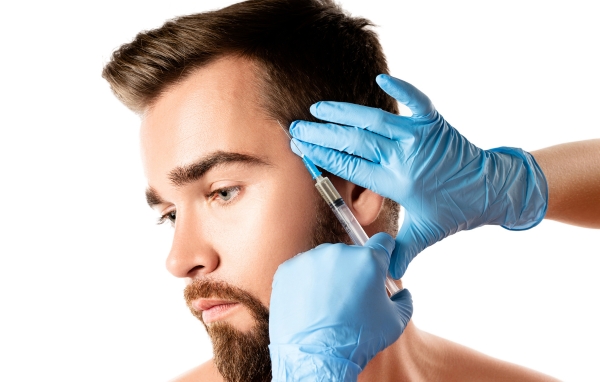
PRP Treatment by Beauty Aesthetics, Toronto
Beauty Aesthetics in Toronto offers expert PRP therapy services tailored to meet your individual needs. Our team of professionals is dedicated to providing safe and effective treatments that help you achieve your desired results. If you’re considering PRP, we invite you to schedule a consultation with us to discuss your goals and explore how PRP therapy can benefit you.
For more information or to book a consultation, contact Beauty Aesthetics in Toronto and discover how the treatment can help you achieve your aesthetic and medical goals.
FAQ
Results from PRP treatments can vary depending on the condition being treated. For hair restoration, patients may start to see improvements in hair growth within a few weeks to a few months. For skin rejuvenation, the results may be noticeable after the first treatment, but several sessions may be required for optimal results.
Most patients experience only mild discomfort during the procedure. A numbing cream is often applied before the injections to minimize pain. Post-treatment, any discomfort is typically mild and temporary.
The number of sessions required depends on the treatment area and the individual’s response to the therapy. For hair restoration, multiple sessions are typically needed, with maintenance treatments recommended every few months. For skin rejuvenation, three to four sessions spaced several weeks apart are usually sufficient.
Yes, PRP therapy can be combined with other treatments, such as microneedling, laser therapy, or hair transplant surgery, to enhance results. Your healthcare provider can recommend the best combination of treatments based on your specific needs.
Long-term side effects of the treatment are rare. Most side effects, such as redness, swelling, and bruising, are temporary and resolve within a few days. However, it is important to follow post-treatment care instructions provided by your healthcare provider to minimize any risks.
